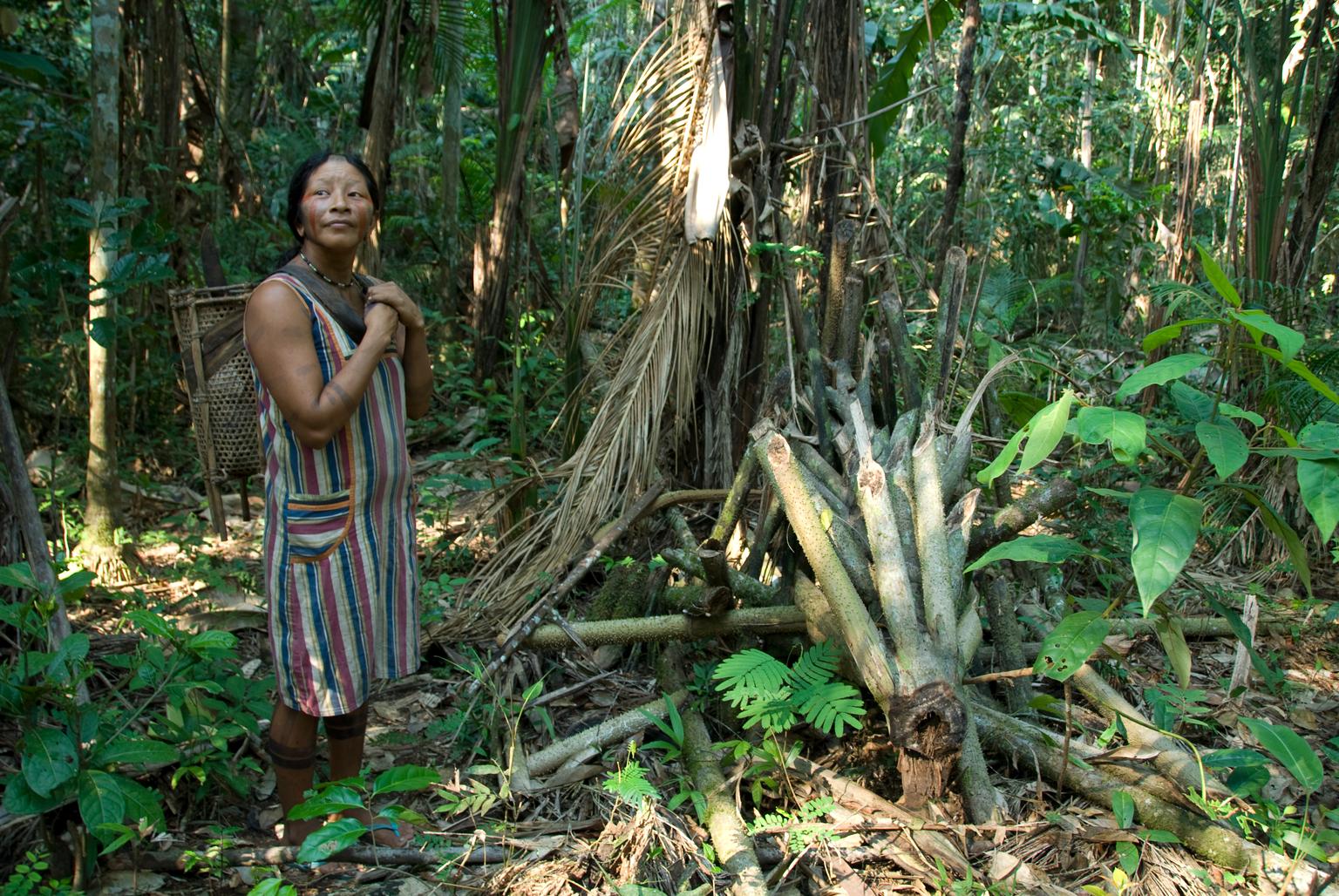By Kiley Price
April 14, 2020
For Indigenous peoples, pandemic poses unique risks
2 min
Things might look a little different around here... Welcome to Conservation International’s new digital presence.

By Kiley Price
April 14, 2020
2 min
For the Kankanaey-Igorot indigenous people of the Philippines, closing off their community to the outside world is an annual tradition known as ubaya — a time of rest before or after the fields are prepared for planting and harvesting.
Now, this traditional ritual could be crucial to ensuring the community’s survival, according to Minnie Degawan, a member of the Kankanaey-Igorot Indigenous peoples and the director of the Indigenous and Traditional People Program at Conservation International.
Excluded from most national COVID-19 response measures and government relief packages, many Indigenous groups worldwide are forced to enact their own form of quarantine through practices such as ubaya, Degawan writes in a recent article for Cultural Survival, a U.S.-based indigenous non-profit. She emphasized that these communities face “particularly challenging times,” sharing dwindling food sources and receiving only limited access to information.
Although many Indigenous peoples “did not find the idea of quarantine a strange one,” Degawan explains, outside activities on Indigenous lands are making self-isolation extremely difficult for these communities during the COVID-19 pandemic.
“The conversion of forests to mono-crop plantations or to logging and mining concessions means less agricultural lands for communities,” Degawan writes. Compounding the problem: Climate change has decreased crop yields, leaving indigenous peoples vulnerable to food scarcity if the quarantine continues for too long, she added.
As illegal miners and loggers encroach on Indigenous territories, they could also be exposing remote Indigenous communities to the virus. This could leave isolated Indigenous peoples particularly vulnerable to the symptoms of COVID-19 due to their lower immunity — the result of limited contact with diseases from external sources, research shows.
Indigenous peoples are “no strangers to disease and disasters,” Degawan notes, and many communities have survived disease outbreaks such as Ebola by enacting health measures grounded in traditional knowledge.
One of the best things that governments can do, she writes, is to make it easier for these communities to help themselves.
“If only Indigenous peoples’ rights to their lands and resources were respected, they would be better able to fend for themselves in times of crisis and would not have to look to outside for help. The communities know best what they will need and how such support should be delivered."
Read the article in Cultural Survival
Minnie Degawan is the director of the Indigenous and Traditional Peoples Program at Conservation International. Kiley Price is a staff writer at Conservation International. Want to read more stories like this? Sign up for email updates. Also, please consider supporting our critical work.